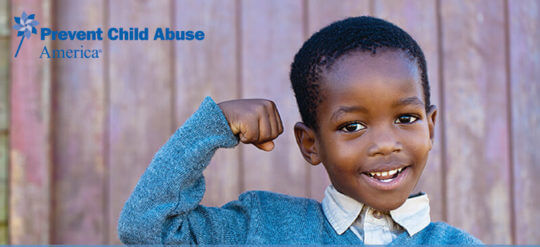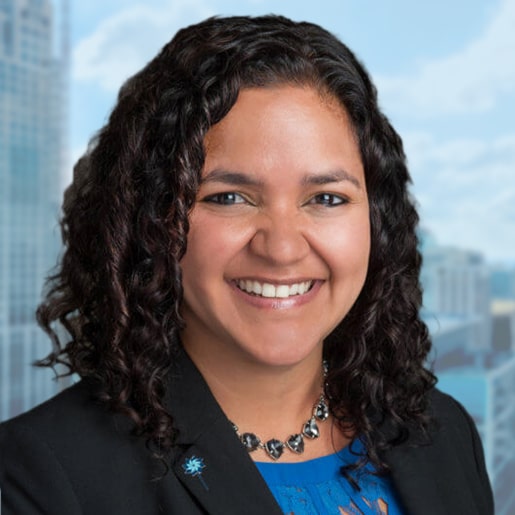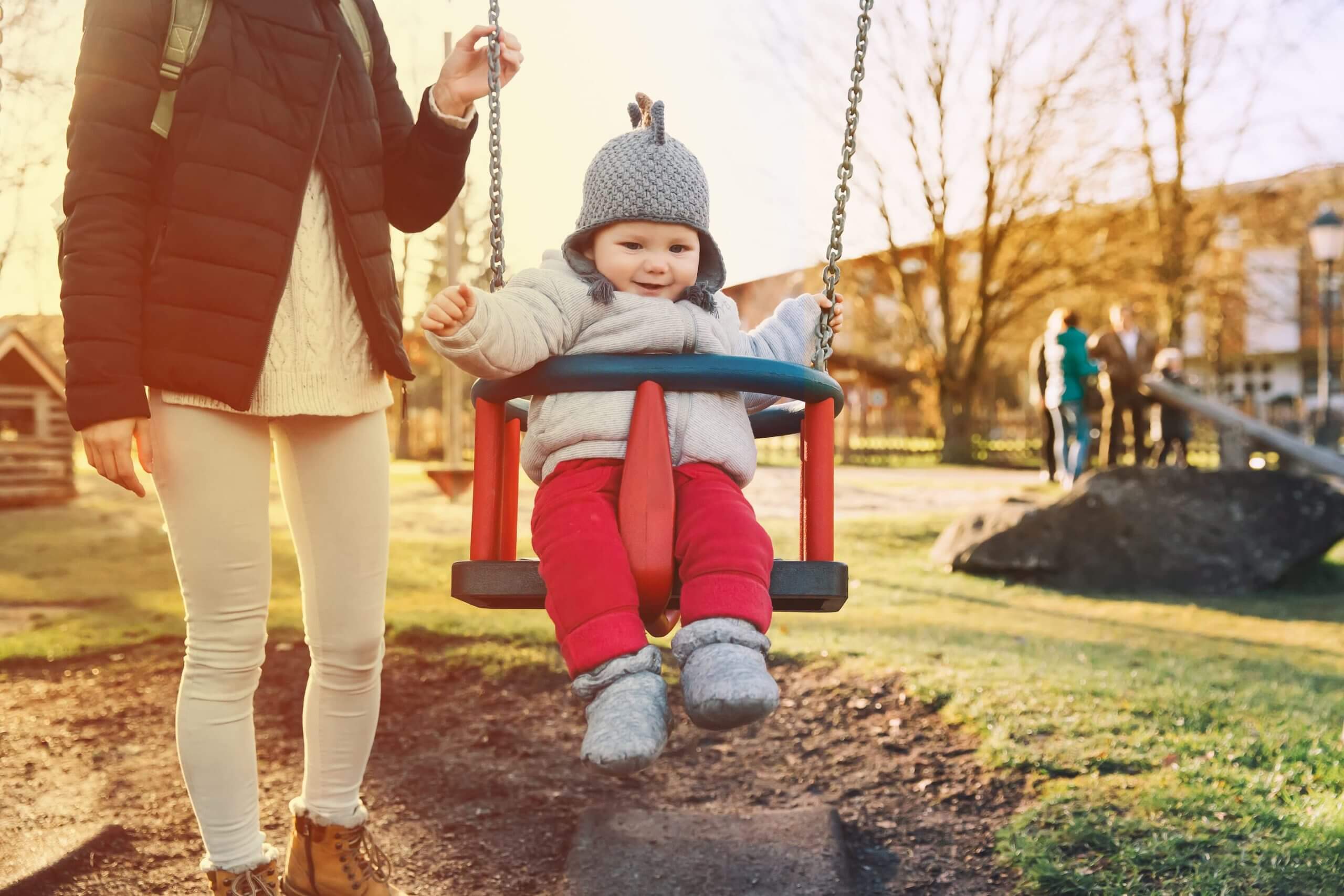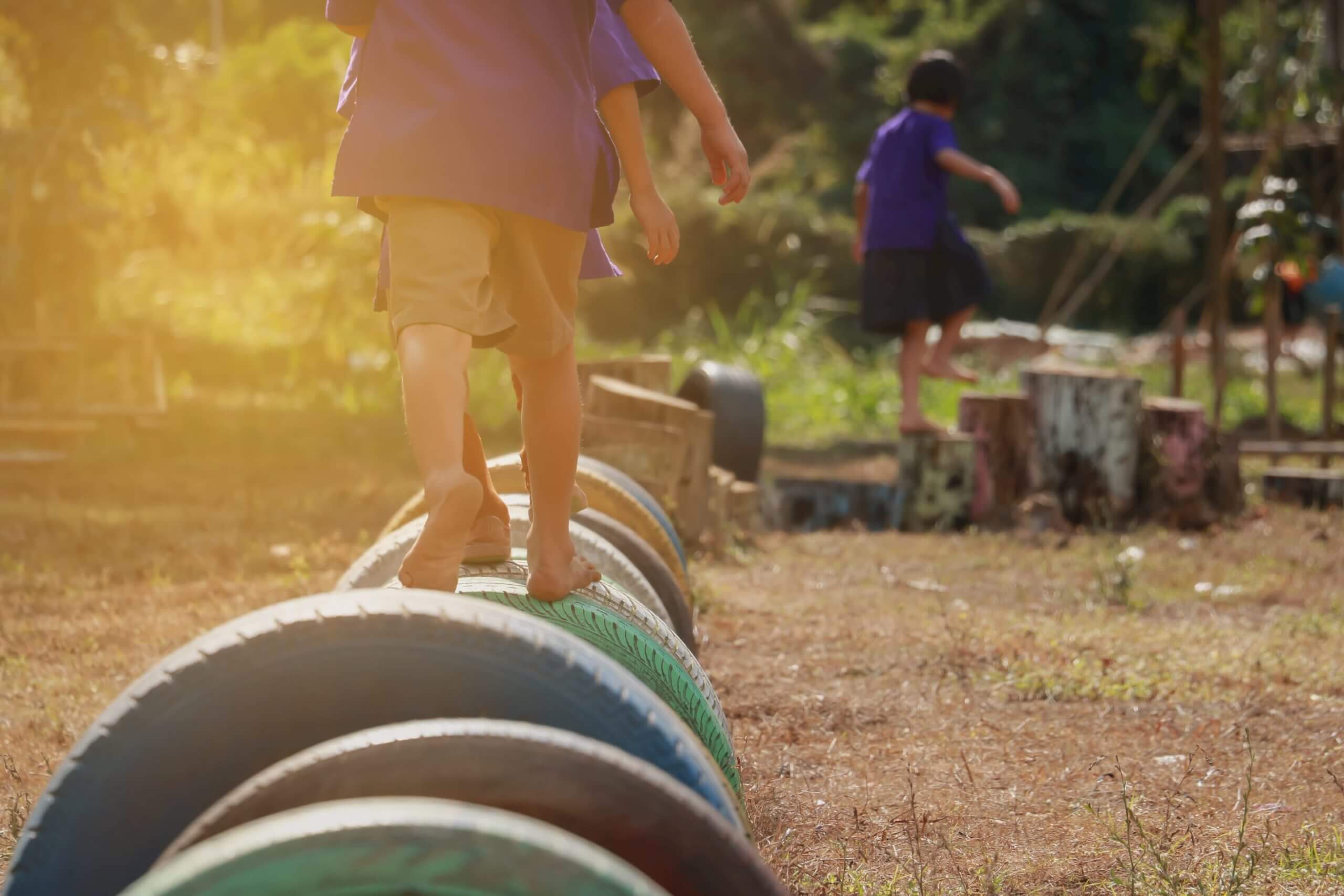Did you know that there are certain signs to look for that can help prevent abuse or neglect? This Parenting Tip we are talking about the protective factors, what they mean and how you can identify and strengthen them in your family and community.

What are the Protective Factors?
The term “protective factors” refers to a set of characteristics that can help reduce the risk of Adverse Childhood Experiences and can increase the health and well-being of children and families. Put more simply, the protective factors are positive elements that have positive effects on children, families and the community as a whole.
The best part about the protective factors is that we all have a role to play in promoting them in our communities! As a parent, by knowing these factors you can help recognize where they are strongest in your own family or community and take steps to strengthen them for others.
The five protective factors are:
- Parental Resilience, or the ability of parents to deal effectively with stress, adversity, or trauma.
- Social Connections, such as relationships with family, friends, neighbors, or other community members.
- Concrete Support in Times of Need, which give family the support and resources they need during times of struggle and stress.
- Knowledge of Parenting and Child Development, because children don’t come with instruction manuals!
- Social and Emotional Competence of Children, also known as social and emotional learning, which helps children properly label and understand different emotions in themselves and others.
How can I promote these factors in my family or community?
Some of these factors will be more present in your family or community than others. For example, you may feel like you have all the social connections you need, but still don’t know the real facts of child development. Other families in your community will similarly have strengths and weaknesses. So what can you do to build up the protective factors for all?
Be a mentor to a fellow parent: Whether you sign up to lead a Circle of Parents group or are simply there to be a friendly ear to a fellow parent, you can have an impact on multiple protective factors at one time by becoming a mentor in your community.
As a mentor, you can help build social connections in your community while strengthening the social connections and knowledge of others. Mentors are often also friends, which gives you the opportunity to talk about subjects like parenting and child development in an open and non-judgmental way. For example, not only can you can share your knowledge of parenting and child development, but also how little you knew when you first had your baby and how you learned. Similarly, you could share a story about the time you desperately needed help at home and didn’t know where to turn. See this resource for more examples of the ways you can mentor.
Advocate for policies or programs that can make a difference: If you know what the protective factors are, you will be better equipped to see what’s missing. Some programs, such as voluntary home visiting programs, help improve the protective factors at both a family and community level. There are also other programs and services designed for specific purposes, such as social and emotional learning curricula, parenting education classes, or programs and services designed to help families struggling with addiction, poverty, or disease.
You can help identify the gaps in your community and use your voice to help fill them. For example, you could attend a local PTA or school board meeting and ask about how your school is working social and emotional learning competencies into lessons at every grade level. You could also call your city hall and find out the needs of community specific food banks or poverty programs and how you can help. If you want to have a broader impact, call your local Representative or Senator and tell them that you support funding for programs that support the protective factors. Examples include the Child Abuse Prevention and Treatment Act (CAPTA) and the Maternal, Infant and Early Childhood Home Visiting (MIECHV) program.
What are the gaps in the protective factors in your community? How will you help close those gaps? Let us know by tweeting us @PCAAmerica or by leaving a comment on our Facebook page!





